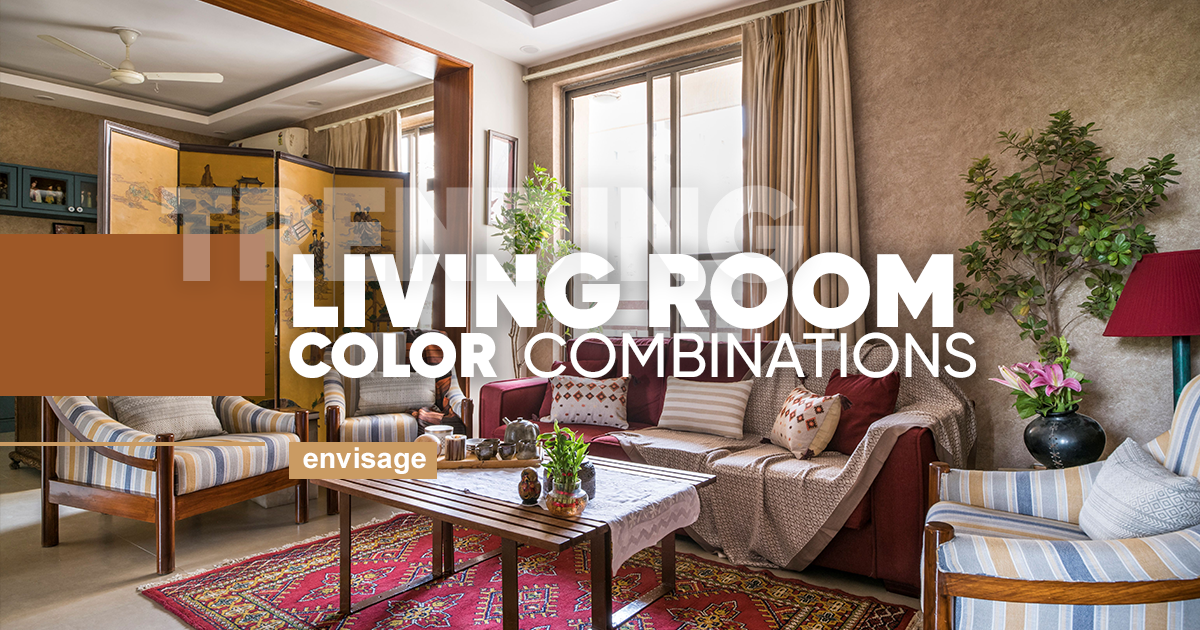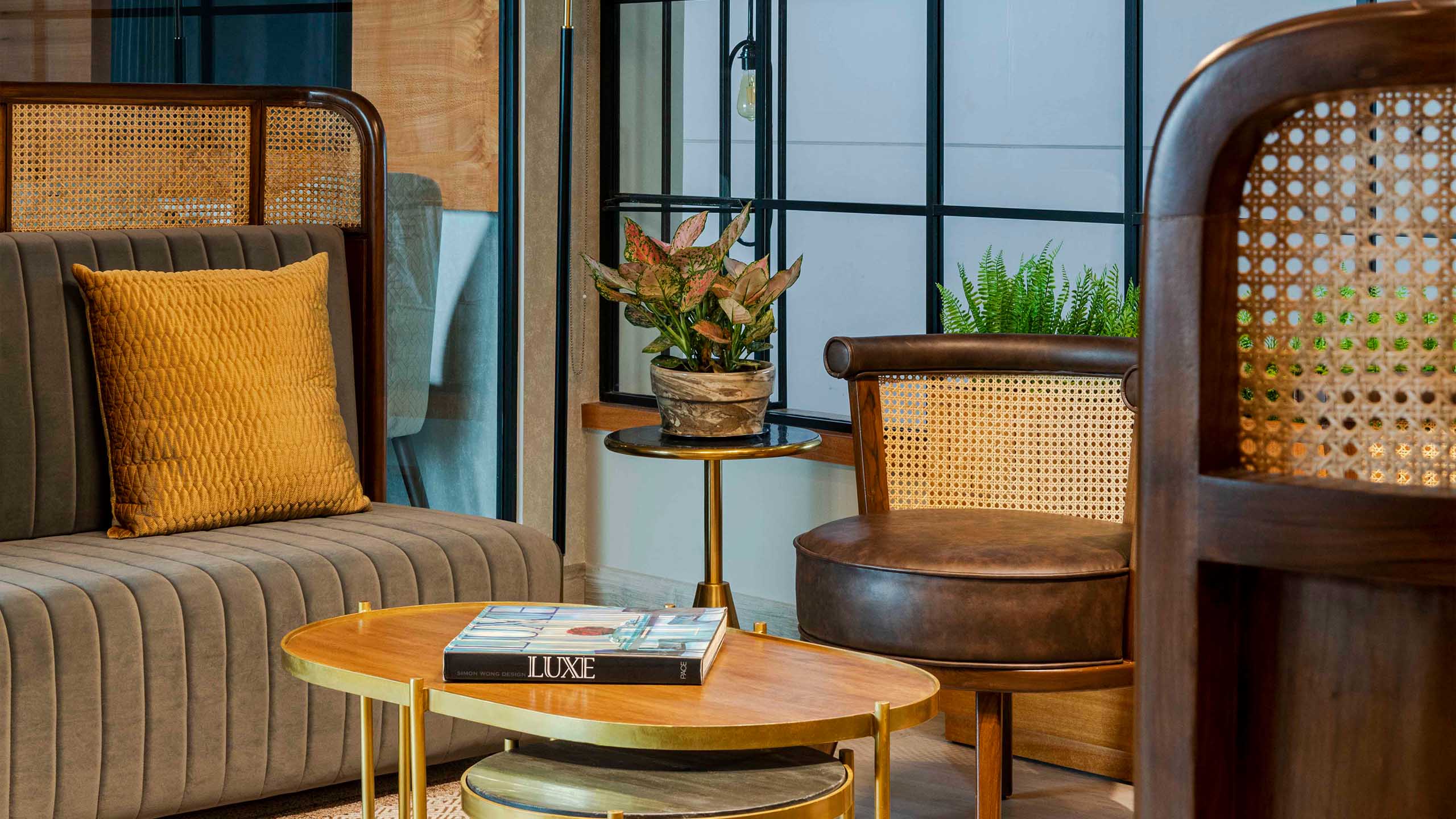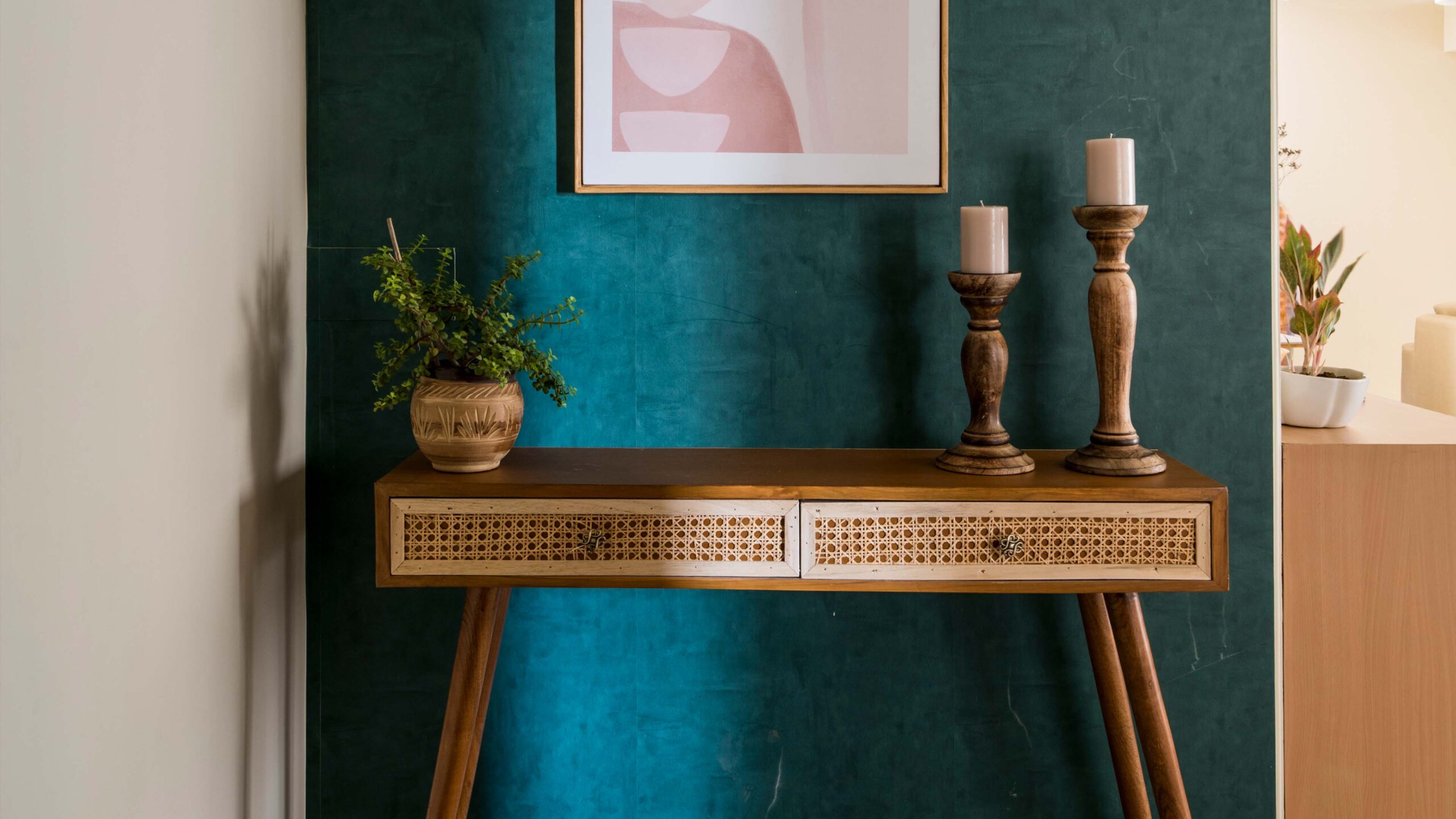Incorporating Elements From India’s Heritage Into Modern Homes
- Blog,
- Featured Blog
India’s rich diversity includes a plethora of traditional elements that can be integrated into our homes and spaces. Homes with vernacular details and design schemes evoke a sense of nostalgia and enhance one’s connection with their roots. There are various ways to include vernacular elements in our spaces that are inspired by our heritage and traditions, which opens up a world of possibilities. For instance, the traditional elements of Jaipur would vary from the design style of Kerala.
Designing a modern home with traditional elements requires a deep-seated understanding of the type of aesthetics, layout, etc. One of the best examples of recognising these traditional Indian elements is to look at older ancestral home interiors. Generally, these houses had plenty of open spaces with practical furniture arrangements. A realistic take on this would be to pick lightweight interchangeable furniture that amalgamates contemporary interior design with traditional and offers flexibility to the layout. In addition, including similar fabrics, motifs and patterns and indigenous products that celebrate local crafts is an easy and impactful way of instilling a classic vibe.
Indian furniture is highly influenced by British architecture with traces of French and Spanish heritage. Also, referred to as ‘British colonial style’, this Western and Eastern architecture blend’s common interior design features include dark-stained rattan, timber and bamboo furniture with pure white linens and an abundance of indoor greenery. The furniture styles also vary as per different regions of the country. For instance, ‘diwans’ still find a place in urban living rooms and serve as an ideal piece of furniture to relax and enjoy a quick afternoon nap. One of the most attractive traditional furniture pieces that evoke a sense of nostalgia is the ‘jhoola’, a retrospective of all things traditional. Different forms and variations of the swing can fit into the scale of compact modern homes in balconies, living rooms or gardens. People nowadays include jhoolas as a semi-formal living room seating hung from the ceiling. Wooden swings with metal suspensions, finished in gold and silver, uplift the traditional aspect of a space.
Attention to detail is extremely important in residential design. One can integrate traditional details into wall panelings, brackets, arches, and ledge walls – the list is endless. Taking inspiration from Indian heritage and history, the interior of a house can be an amalgamation of modern and traditional. For example, adding brass items can add a classic touch to a South-Indian-inspired home, whereas adding bright rugs provide a touch of Maharashtrian-inspired decor. Including regional artworks is also a good way to showcase the art and culture of a place. Reusing old furniture, vintage showpieces, artefacts and paintings in urban homes is also a great way to instill a sense of nostalgia. The selection of upholstery, including the colours, patterns, and materials, in heritage-inspired homes is significant. Another way to incorporate elements of vernacular architecture is to include intricately carved pillars commonly seen in Chettinad homes. Originally constructed in teak, the posts can also be made in wood, stone or granite. Convert existing load-bearing pillars or columns into a functional masterpiece by enhancing them with decorative elements such as bracket lights and other accessories.
Native flooring patterns also play a significant role in designing a home with traditional elements. Every region of India celebrates different patterns or colours that can be incorporated into the flooring patterns. From the havelis of Rajasthan to the wadas of Maharashtra, and the Dravidian-style of South India, the home designs used in the flooring and even walls, vary exceptionally. For example, Chettinad dwellings of the south include ‘athangudi’ patterned flooring in contrast to the ornate flooring with stone inlays of Rajasthani homes. Taking inspiration from our colonial influences, checkerboard marble flooring also adds a classic feel to the homes.
While modern interiors appeal globally, their origin and elements cannot be narrowed down to a particular city or country. On the contrary, traditional houses are extremely rooted in the area they belong to with respect to the architecture and interior aspects. Moreover, traditional elements can be inspired by one’s childhood memories, like a visit to their grandparent’s home or a vacation they took. Traditional elements add a vintage charm to homes, which can be blended with any theme or design of a modern home.




